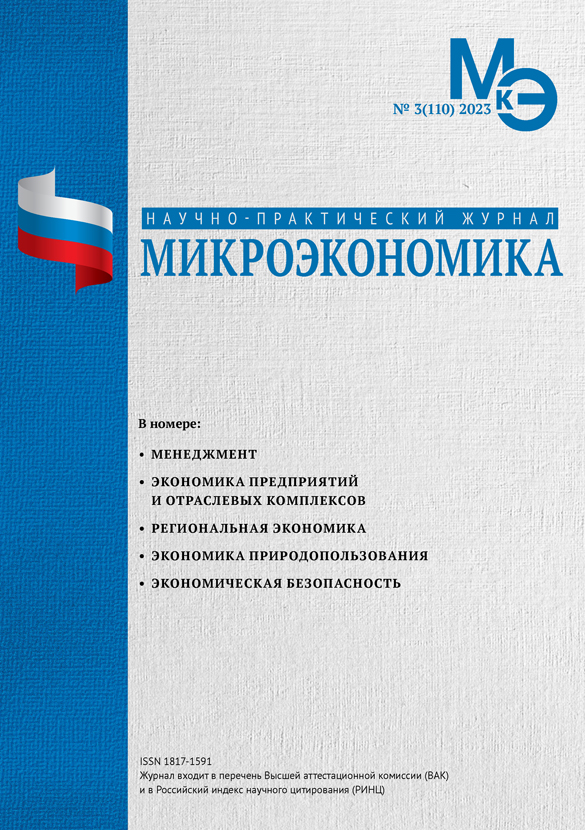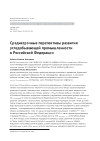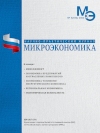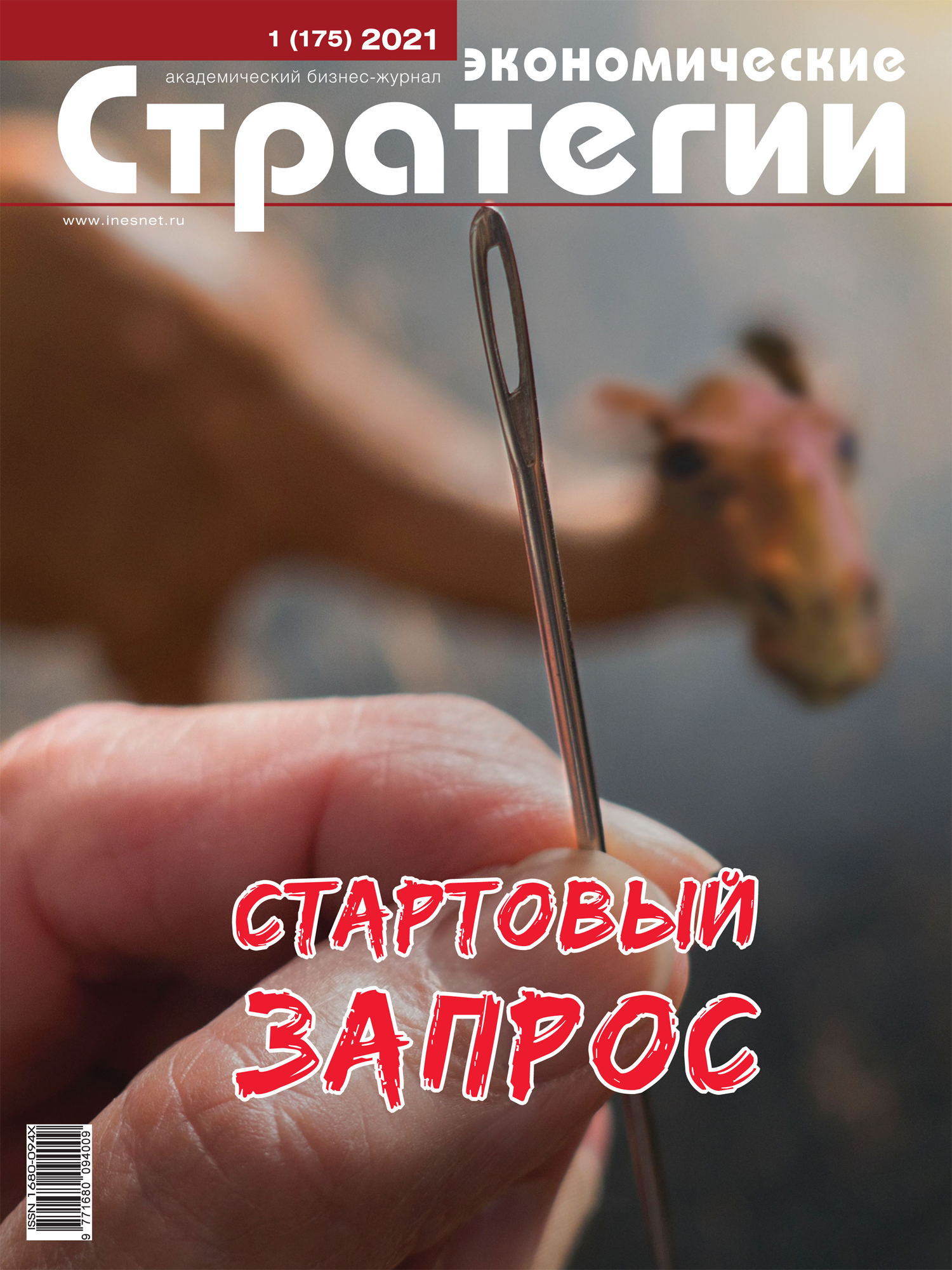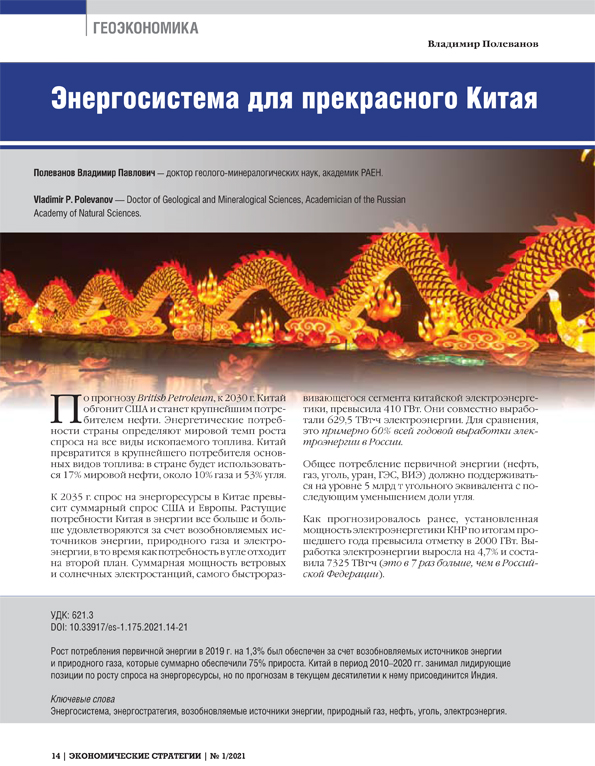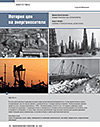Medium-term prospects for the development of the coal mining industry in the Russian Federation
DOI: 10.33917/mic-5.112.2023.72-84
Considered the main provisions of international agreements that limit the use of such an energy resource as coal. The authors analyzed the real situation with the production, import and consumption of other types of energy resources, such as oil and gas, which has led to the fact that the volume of production and supply of coal in the Russian Federation to domestic and foreign (foreign) client markets is practically not reduced. According to the plan developed by the Government of the Russian Federation, the development of coal mining and the entire coal industry will develop in three stages until 2035. The tasks of the first stage are now being implemented. In addition to the further development of old fields, work will be carried out to find and develop new fields according to two development scenarios – conservative and optimistic. Both scenarios assume an increase in the volume of exported coal to those countries that are the main consumers of coal – the People’s Republic of China and the Republic of India. In 2023, the Republic of Turkey joined these countries, where coal imports are only 10% less than in the Republic of India and 45% less than in the People’s Republic of China. In order to increase the supply of coal to the countries of the Asia-Pacific region, it is planned to further develop the Baikal-Amur and Trans-Siberian Railways, as well as the construction of railway and water routes for the delivery of goods, including coal, along the North-South transport corridor to the seaport in Mumbai in the Republic of India. In addition, the Northern Sea Route from Murmansk to the ports of China will be developed. Consequently, the revenues of the federal budget of the Russian Federation from coal exports will not decrease, despite the promotion of Green Energy by foreign countries.
References:
1. The United Nations Framework Convention on Climate Change. Veb-sayt OON. URL: https://www.un.org/ru/documents/decl_conv/conventions/climate_framework_conv.shtml
2. Kyoto Protocol to the United Nations Framework Convention on Climate Change: adopted December 11, 1997 Official text in Russian. Veb-sayt OON. URL: https://www.un.org/ru/documents/decl_conv/conventions/kyoto.shtml
3. Киотский протокол 1997. Большая российская энциклопедия: [в 35 т.] / гл. ред. Ю. С. Осипов. М.: Большая российская энциклопедия, 2004-2017.
4. Wirth D.A. The Paris Agreement: A New Component of the UN Climate Regime. Bulletin of International Organizations. 2017;12(4):185-214. (In Russ.).
5. Status of Ratification of the Kyoto Protocol. Internet Archive. 04.04.2016. URL: http://unfccc.int/kyoto_protocol/status_of_ratification/items/2613.php
6. Paris Agreement. Veb-sayt OON. URL: https://www.un.org/ru/climatechange/paris-agreement
7. Lavrov: Russia leads the world in reducing greenhouse gas emissions. Veb-sayt RIA-News. 20.09.2015. URL: https://ria.ru/20150927/1285988505.html
8. Main indicators of the Ministry of Energy of the Russian Federation. Coal mining. Official site of the Ministry of Energy of the Russian Federation. URL: https://minenergo.gov.ru/node/435
9. Coal marking, coal grades. Neftegaz.RU: internet-portal. URL: https://neftegaz.ru/tech-library/energoresursy-toplivo/142506-markirovka-uglya-marki-uglya/
10. Coal Russia. Siberian Federal District. Internet-portal of the fuel and energy complex community. URL: https://energyland.info/news-show-tek-ugol-201099?ysclid=ll2h7g5uh2201248790
11. Milkin V. «Northern Star» Trotsenko began to supply coal to China. Vedomosti: internet-portal. 01.03.2023. URL: https://www.vedomosti.ru/business/articles/2023/03/01/964846-severnaya-zvezda-trotsenko?ysclid=ll2h395ymd528029044
12. «Northern Star» flotilla shines. Kommersant: internet-portal. 16.02.2021. URL: https://www.kommersant.ru/doc/4692671?ysclid=ll2hem25oc480585188
13. Severnaya Zvezda will order 28 ships for the supply of coal along the Northern Sea Route. Maritime news of Russia: internet-portal. 16.02.2021. URL: https://morvesti.ru/news/1679/88224/?ysclid=ll2hj9bwts18932996
14. The North Star will need 40 ships to transport coal from the Taimyr cluster. Neftegaz.RU: internet-portal. URL: https://neftegaz.ru/news/Suda-i-sudostroenie/697326-severnoy-zvezde-potrebuetsya-40-sudov-chtoby-vyvozit-ugol-s-mestorozhdeniya-na-taymyre/?ysclid=ljsvrxq4mg458398355
15. The IEA reported that global coal demand in 2022 reached a record 8.3 billion tons. ТАSS: internet-portal. URL: https://tass.ru/ekonomika/18382039?ysclid=ll2hsb1eag747357712
16. The IEA, in its traditional report, named the main «wild cards» of the oil market in 2023. Neftegaz.RU: internet-portal. URL: https://neftegaz.ru/news/finance/766860-mea-v-svoem-traditsionnom-doklade-nazvalo-glavnykh-dzhokerov-neftyanogo-rynka-v-2023-g/?ysclid=ll2hvy5dnl913153626
17. On approval of the Russian coal industry development program for the period up to 2035: Decree of the Government of the Russian Federation dated June 13, 2020 No. 1582-r (as amended on October 13, 2022). Consultant plus Information and legal: portal. URL: https://www.consultant.ru/document/cons_doc_LAW_355241/?ysclid=ll2jb8zqkp526142741


